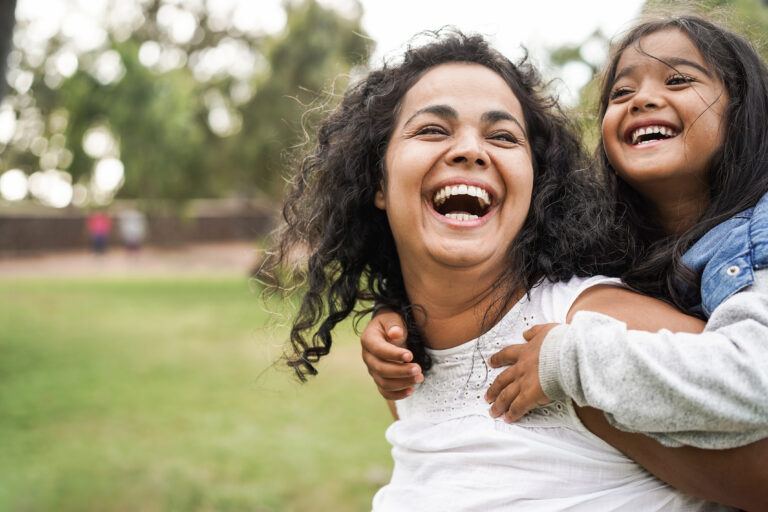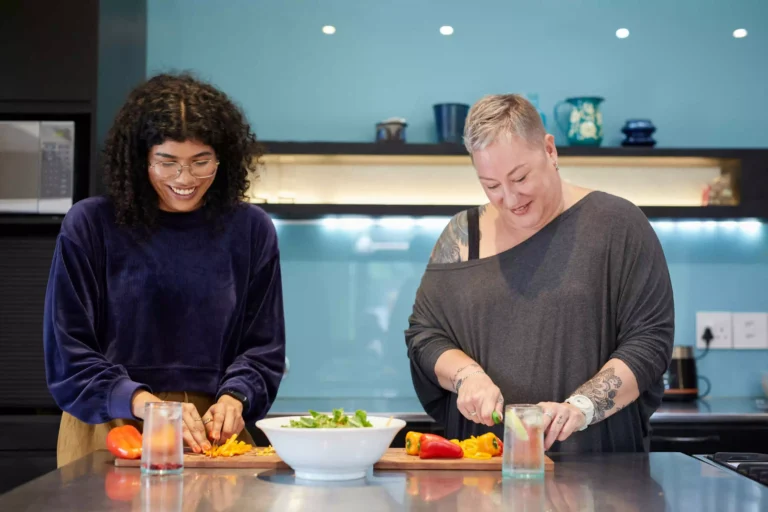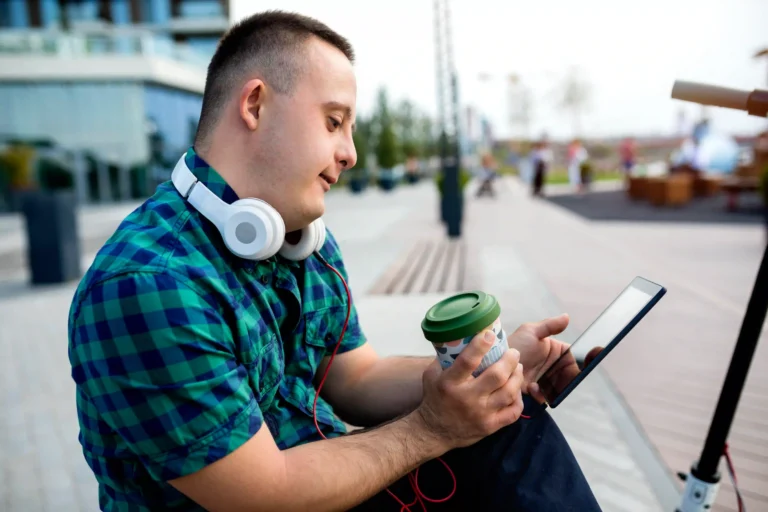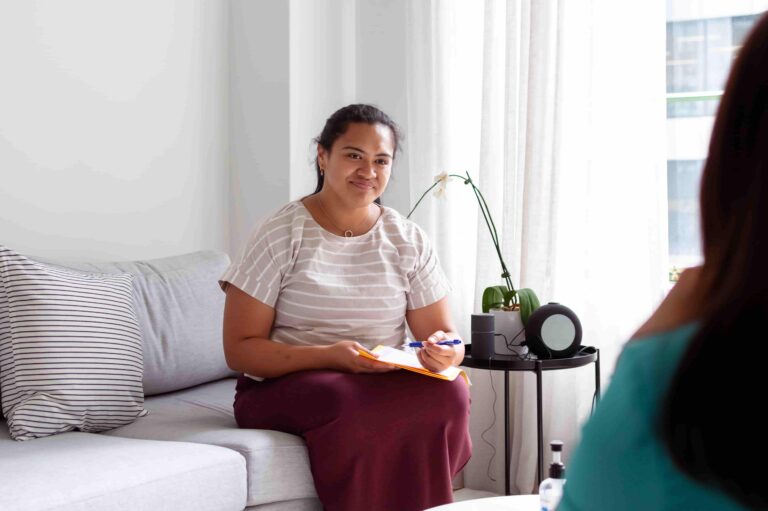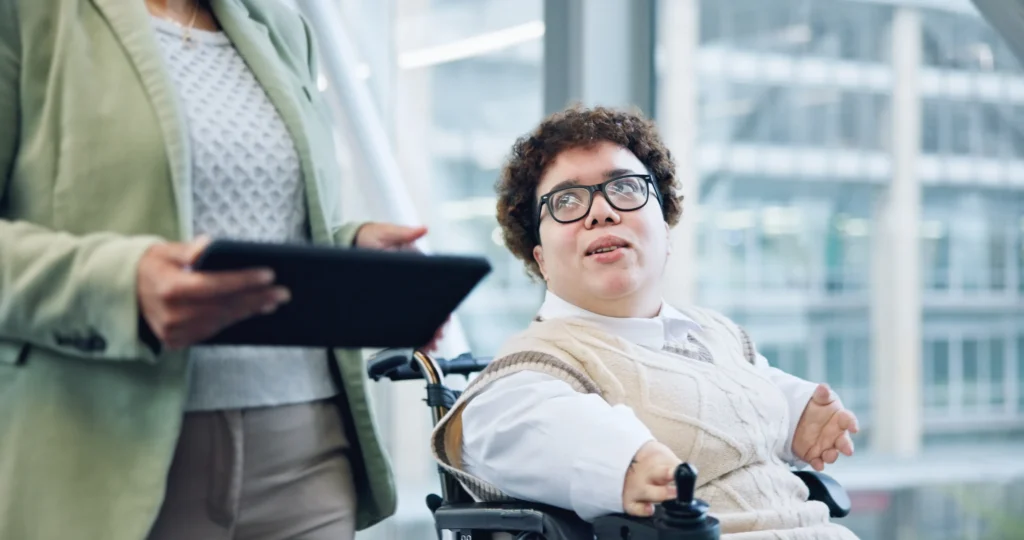
NDIS employment supports: All you need to know.
Do you have an employment-related goal in your NDIS Plan? Are you at school and thinking about what’s next? Are you on the NDIS and working or doing volunteer work? If your goal is to find a job, earn money, build skills or move into open employment, NDIS employment supports might be able to help. Read on to find out how. How NDIS employment support works. There are many steps on the journey to achieving your career goals. NDIS employment supports can assist with the entire process, from preparing for work, to starting a job, staying employed and making your next career move. These supports may include: Identifying and developing a career pathway Transition to work, including developing skills Supports to get and keep a job Assessments and counselling Career planning On-the-job support to succeed in the job or company of your choice. Who can access employment supports? NDIS employment supports are available in a wide range of workplaces including: Private and government employers Social enterprises Micro-businesses Self-employment Volunteering Australian Disability Enterprises (ADE). Like any NDIS-funded purchase, employment supports must meet the reasonable and necessary criteria, be funded in your plan and be considered an NDIS support for you.


